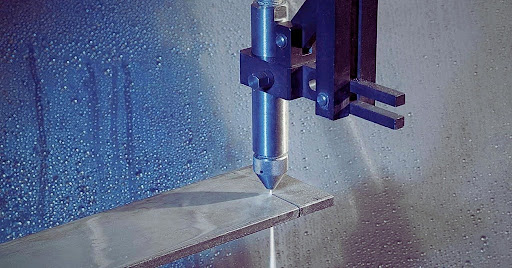
Introduction
In modern manufacturing, the demand for precision, efficiency, and flexibility is ever-increasing. Water jet metal cutters have emerged as a powerful solution, enabling industries to cut metals without heat distortion or mechanical stress. This article explores the principles, advantages, and applications of water jet cutting in metal fabrication.
How Water Jet Metal Cutting Works
A water jet metal cutter operates by propelling a high-velocity stream of water, often mixed with abrasive particles such as garnet, through a small nozzle to cut metal. The pressure of the water can reach up to 60,000 psi (pounds per square inch), allowing it to slice through various metals including steel, aluminum, titanium, and more.
Unlike laser or plasma cutting, water jet cutting does not generate heat, thereby eliminating heat-affected zones (HAZ) and preserving the metal’s original properties.
Advantages of Water Jet Metal Cutting
-
Precision and Accuracy: The thin, focused jet allows for detailed cuts and tight tolerances.
-
No Heat Distortion: Because it is a cold cutting process, it prevents warping or altering metal microstructure.
-
Versatility: Can cut a wide range of metals and thicknesses.
-
Environmental Friendly: Uses water and natural abrasives, producing less hazardous waste.
-
Minimal Material Waste: Narrow kerf width reduces scrap material.
Applications
Water jet cutters are used across many industries:
-
Aerospace and automotive for cutting complex parts.
-
Fabrication of metal sheets and plates.
-
Medical device manufacturing.
-
Artistic metalwork and signage.
Limitations
-
Slower than laser cutting for very thin metals.
-
Initial equipment cost can be high.
-
Abrasive disposal requires proper management.
Conclusion
Water jet metal cutting represents a versatile and precise manufacturing technology suited for a variety of metalworking applications. Its ability to deliver clean, heat-free cuts with minimal waste makes it a preferred choice for industries aiming to maintain material integrity and achieve complex designs.

You must be logged in to post a comment.